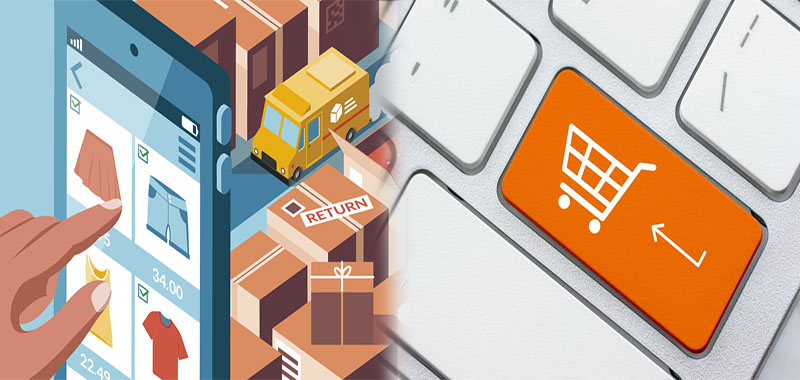Basically, online retail is an internet-based business that aims to create a consumer- to-consumer relationship, where the consumer purchases a product from a company’s website and receives it in the mail. The product can be a physical item, such as a book or a DVD, or a digital item, such as a music track or video game. The company that operates an online store carries out a variety of different processes to complete this transaction, including drop shipping, in-store pick-up and a combination of both.
B2C vs C2C
Initially, the term B2C was used to describe any kind of selling directly to consumers. Today, the term is used to describe transactions between online retailers and customers. This type of ecommerce model allows customers to buy and sell items to each other.
The main advantage of the C2C transaction is that there are no intermediaries. However, there are other challenges to this business model, such as the lack of quality control, credit card processing, and payment guarantees.
In this model, a seller puts his product up for sale on a website and lets other people bid on it. The buyer is able to choose the best option based on the search criteria.
The process of selling and buying goods and services through this type of ecommerce platform has emerged from garage sales, flea markets, and classifieds sections of newspapers. This has resulted in increased demand for the platform, and has contributed to its growth.
Drop shipping vs in-store pick-up
Using drop shipping to sell your products is a viable option for ecommerce retailers. However, it’s important to note that it is not a panacea. It is a complicated process, and can result in a host of complications, including lost or missing shipments.
In the traditional retail world, a retailer may have to hold inventory, but that’s not the case when using a drop shipping service. A wholesaler or vendor will store your products, and then ship them to your customer. Depending on the product, you may need to ship your items by truck, or use a local delivery service.
The dropshipping model also allows you to expand your offerings, without having to worry about your physical inventory. This can be useful if you are a brick and mortar retailer with an ecommerce store, or if you are an online retailer with a large selection of products.
Emotional connection
Creating an emotional connection with your customers is the key to success. It drives sales, engagement and loyalty. Companies that make the effort to connect with their customers will see a huge return on their investments. But if you act tone deaf, you could turn off your potential customers.
To make the most of their efforts, retailers should go beyond traditional customer insights and engage in deeper research. They need to identify emotional motivators and begin a structured process of learning how to leverage them. This includes conducting experiments.
In addition to identifying and activating emotional motivators, retailers need to build strong emotional connections. These relationships will lead to increased revenue, customer retention, cross-sell penetration and conversion rates.
A $2B fashion retailer had been struggling to grow. The company partnered with an ad agency to develop a strategy to create emotional connections with its consumers. The firm identified two emotionally connected consumer segments. The retailer then executed an integrated marketing campaign to activate the emotions. The results showed that activating the emotions with the millennial population resulted in an increase in customer lifetime value of 15%.











